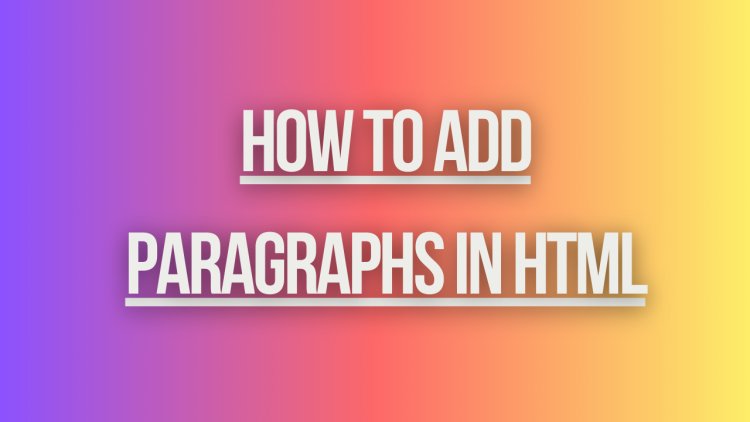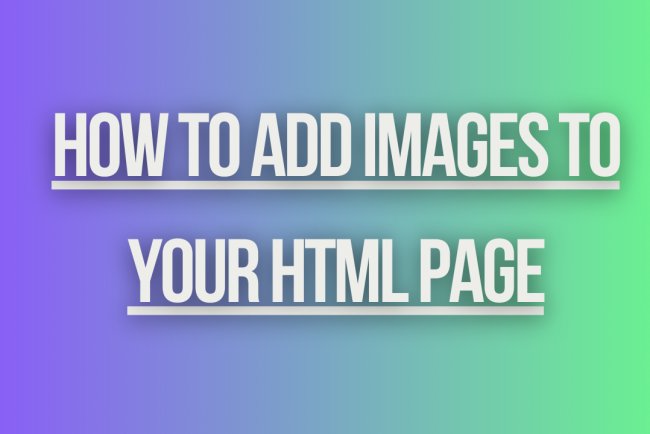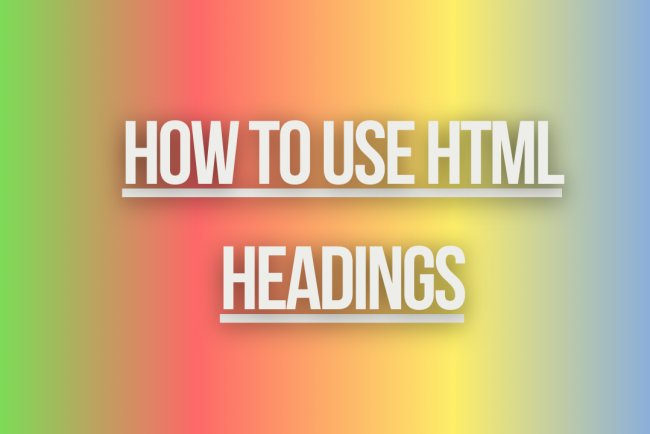How to Add Paragraphs in HTML
Learn how to easily add paragraphs in HTML using the
tag. This beginner-friendly tutorial will help you structure your content for the web.

Adding paragraphs in HTML is straightforward and essential for structuring text content on your web page. Here’s a step-by-step guide on how to do it:
1. Basic Paragraph
To add a paragraph, use the <p> tag. Here's a simple example:
<html lang="en">
<head>
<meta charset="UTF-8">
<meta name="viewport" content="width=device-width, initial-scale=1.0">
<title>Basic Paragraph</title>
</head>
<body>
<p>This is a simple paragraph in HTML.</p>
</body>
</html>
2. Multiple Paragraphs
You can add multiple paragraphs by using multiple <p> tags:
<html lang="en">
<head>
<meta charset="UTF-8">
<meta name="viewport" content="width=device-width, initial-scale=1.0">
<title>Multiple Paragraphs</title>
</head>
<body>
<p>This is the first paragraph.</p>
<p>This is the second paragraph. It follows the first paragraph and is separated by a space.</p>
<p>This is the third paragraph. Each paragraph is wrapped in its own <code><p></code> tag.</p>
</body>
</html>
3. Adding Inline Formatting
You can add inline formatting within a paragraph using other HTML tags like <b>, <i>, <a>, etc.:
<html lang="en">
<head>
<meta charset="UTF-8">
<meta name="viewport" content="width=device-width, initial-scale=1.0">
<title>Inline Formatting</title>
</head>
<body>
<p>This is a paragraph with <b>bold text</b>, <i>italic text</i>, and a <a href="https://example.com">link</a>.</p>
</body>
</html>
4. Adding Line Breaks
To add line breaks within a paragraph, use the <br> tag:
<html lang="en">
<head>
<meta charset="UTF-8">
<meta name="viewport" content="width=device-width, initial-scale=1.0">
<title>Line Breaks</title>
</head>
<body>
<p>This is a paragraph with a line break.<br>Here is the text after the line break.</p>
</body>
</html>
5. Paragraphs with CSS Styling
You can style paragraphs using CSS. Here’s an example of adding CSS directly within the HTML file:
<html lang="en">
<head>
<meta charset="UTF-8">
<meta name="viewport" content="width=device-width, initial-scale=1.0">
<title>Styled Paragraph</title>
<style>
p {
font-family: Arial, sans-serif;
color: #333;
line-height: 1.6;
}
</style>
</head>
<body>
<p>This is a styled paragraph. It uses CSS for styling.</p>
</body>
</html>
6. Using External CSS for Paragraphs
You can also style paragraphs using an external CSS file. Create a file named styles.css with the following content:
p {
font-family: Arial, sans-serif;
color: #333;
line-height: 1.6;
}
Then, link this CSS file in your HTML:
<html lang="en">
<head>
<meta charset="UTF-8">
<meta name="viewport" content="width=device-width, initial-scale=1.0">
<title>External CSS for Paragraphs</title>
<link rel="stylesheet" href="styles.css">
</head>
<body>
<p>This paragraph is styled using an external CSS file.</p>
</body>
</html>
By following these steps, you can effectively add and style paragraphs in your HTML documents, enhancing the structure and readability of your content.
What's Your Reaction?
















